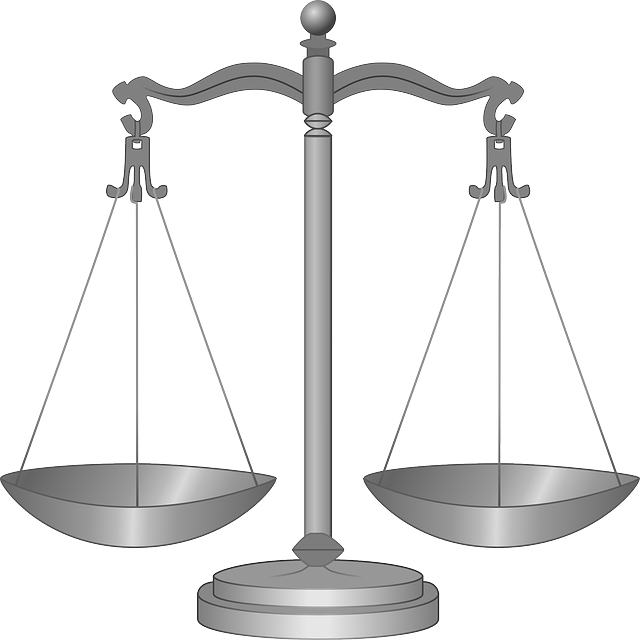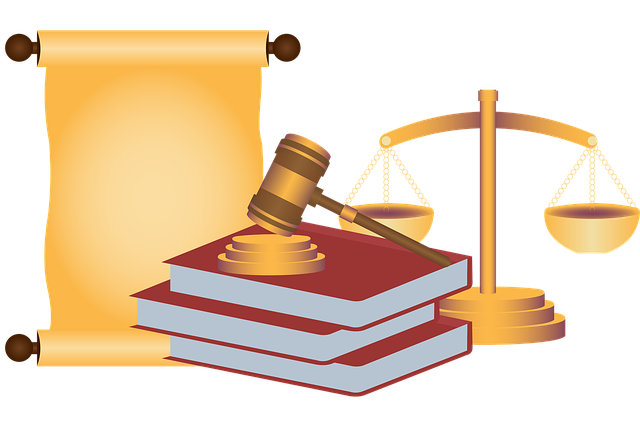Oregon's child welfare system, managed by the Department of Human Services (DHS), prioritizes child safety and well-being through comprehensive regulations. The DHS child welfare law serves as a vital legal guide, covering reporting abuse, investigations, interventions, and custody cases while ensuring fair treatment for parents and children. An Oregon child welfare attorney is essential for navigating these complex laws, protecting parental rights, and advocating during procedures like removal and placement. Understanding DHS guidelines, including definitions of key terms and specific procedures, empowers individuals to actively participate in decisions affecting their family. This knowledge promotes fairness, compliance, and the best interests of children while respecting parental rights in Oregon.
“Unraveling Oregon’s Child Welfare Regulations: A Comprehensive Guide for Parents and Professionals” delves into the intricate world of Oregon’s child welfare system. This article serves as a vital resource for Oregon child welfare attorneys, DHS child welfare law practitioners, and parents navigating this complex landscape. We explore key DHS policies, parental rights and responsibilities, and the step-by-step legal procedures from initial contact to case closure. Additionally, we uncover Oregon DHS guidelines, offering best practices and policy interpretations for promoting cultural competency and equity in child welfare practices. Understand your rights and obligations with our comprehensive Oregon child welfare legal guide.”
- Oregon Child Welfare Regulations: Overview and Key DHS Policies
- – Explanation of Oregon's child welfare system
- – Role of the Department of Human Services (DHS)
- – Important legal definitions and terms
Oregon Child Welfare Regulations: Overview and Key DHS Policies

Oregon’s child welfare regulations are governed by the Department of Human Services (DHS), which enforces policies to ensure the safety and well-being of children within the state. These regulations cover various aspects, from initial reports of child abuse or neglect to alternative care placements and parental rights. Understanding these guidelines is crucial for both parents and legal professionals alike, especially when seeking assistance from an Oregon child welfare attorney.
The DHS child welfare law outlines clear procedures for reporting suspected abuse, investigations, and interventions. It also provides detailed information on the legal processes involved in temporary and permanent custody cases. As a comprehensive Oregon child welfare legal guide, these regulations aim to protect children’s rights while ensuring fair treatment for all parties involved. Key policies include provisions for parental involvement, access to legal representation, and guidelines for alternative care settings, making it an essential resource for navigating complex child welfare legal procedures in Oregon.
– Explanation of Oregon's child welfare system

Oregon’s child welfare system is overseen by the Department of Human Services (DHS), which is responsible for ensuring the safety and well-being of children within the state. When a child is deemed at risk or in need of protection, DHS intervenes to provide services and support to both the child and their family. This process often involves legal procedures that protect the rights of parents while also prioritizing the best interests of the child. An Oregon child welfare attorney plays a crucial role in navigating these complex laws, guiding families through the system, and advocating for their rights under DHS child welfare law.
Understanding the legal aspects of child welfare is essential for anyone involved, as it directly impacts parental rights. The Oregon child welfare legal guide outlines specific procedures for investigations, removal, placement, and various other aspects of care. It’s important to remember that these laws are designed to protect both vulnerable children and their parents, ensuring fair treatment and just outcomes. Familiarizing oneself with DHS guidelines can empower parents to participate actively in the process and make informed decisions regarding their parental rights in Oregon.
– Role of the Department of Human Services (DHS)

The Department of Human Services (DHS) plays a pivotal role in Oregon’s child welfare system, tasked with ensuring the safety and well-being of children within the state. As the primary regulatory body, DHS is responsible for implementing and enforcing laws that safeguard minors and guide interventions when children are at risk or in need of alternative care. The agency works closely with families to provide support services while also collaborating with various community partners to deliver comprehensive child welfare programs.
Oregon child welfare attorneys often engage with DHS to navigate complex legal procedures, interpret the state’s child welfare laws, and advocate for the rights of both parents and children. The DHS child welfare law serves as a crucial reference for these professionals, guiding them through the process of removal, foster care placement, adoption, and reunification efforts. An in-depth understanding of Oregon child welfare legal guidelines is essential to ensure fairness and compliance throughout these sensitive matters, ultimately aiming to protect the best interests of children while respecting parental rights.
– Important legal definitions and terms

When navigating Oregon’s child welfare system, understanding key legal definitions and terms is essential for anyone involved—from parents facing allegations to Oregon child welfare attorneys advocating on their behalf. Terms like “dependency,” “neglect,” and “parental rights” carry specific meanings within DHS child welfare law. A comprehensive Oregon child welfare legal guide should clarify these concepts, outlining what constitutes a violation and the subsequent legal procedures that follow. For instance, parental rights in Oregon are meticulously delineated, detailing the interactions allowed between parents and their children during various stages of the process.
Oregon DHS guidelines further break down these regulations, providing a structured framework for caseworkers and families alike. These guidelines ensure consistency and fairness throughout child welfare cases, which often involve complex situations and sensitive information. Familiarity with these legal terms and procedures empowers all parties to actively participate in their outcomes, ensuring that every effort is made to preserve family connections while safeguarding the best interests of the child.






